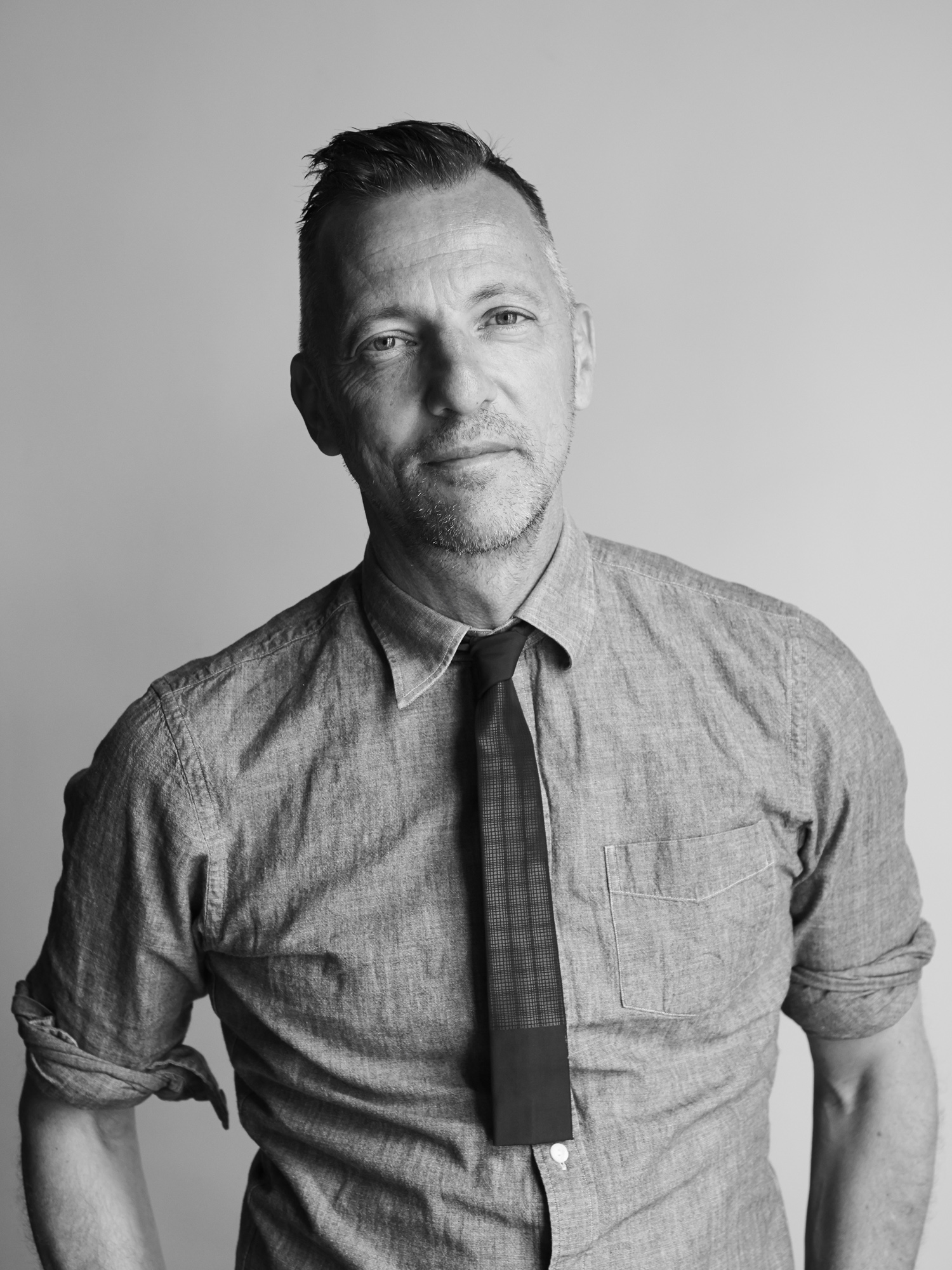It’s not a stretch to call those shoes works of art, making it appropriate that, last year, Olivier Saillard joined J.M. Weston as its Artistic, Image and Culture Director. Mr. Saillard had previously been curator at the Palais Galliera at the Parisian Musée de la Mode. During the 25 years Mr. Saillard curated art, he also created it, producing artistic performances that often involved the spoken word.
Mr. Saillard’s artistic sensibilities are visible in both the design of J.M. Weston as well as its identity. At an event held in a Parisian café earlier this year, models dressed as waiters delivered shoes to guests on trays while Mr. Saillard read poems. At a separate event celebrating the company’s tradition of making boots for the French cavalry, a well-known percussionist, Sheila E., “battled” drummers from La
Garde Républicaine.
These contemporary influences exist alongside a number of more classical approaches. At a time when global growth and expansion are equated with corporate success, J.M. Weston focuses on two core
markets: France, where it has 21 points of sale, and Japan, where it has 15. The firm has only one store in the US (New York), one in the UK (London), no presence in China, and sells its shoes online in only a handful of countries.
The Review recently spoke with Mr. Saillard about the overlap between the world of art and the world of fashion, and why a pair of J.M. Westons are worth the effort that goes into them. “Walking is a noble subject, it is the trajectory of a life,” Mr. Saillard said. “When you’re in a city with your head up in the air, you think a lot, ideas come in, there is a whole poetry of walking."
Transitioning from working in fashion museums to working in fashion as an artistic director—what inspired you to do it?
Well, I had trouble giving up this function of museum director. The museum had been refurbished; I had redone everything from the offices to the Christian Lacroix carpets. To some extent, I was at home, it felt like my own apartment. I didn’t want to risk leaving 25 years of work behind to fall into “the machine” that is so typical of the fashion industry. I was afraid to abandon the freedom that I had—in museums we can work months or years on subjects.
If it had been for fashion clothing, I probably would have said no. But the men’s shoe is very framed and structured; you do not reinvent new shapes, but rely on the past.
And I said no to Weston—twice in fact. But I liked the people. I met with the owner, Christopher Descours. I liked their philosophy, this idea of a shoe that lasts a lifetime. The company’s founder, [Édouard] Blanchard, decided early on to reduce the production. He said to himself, “We’re going to do better, it will be more expensive, and we’ll last longer.” I liked that relationship to time. And I found that symbolically it was amazing to start my new life with another pair of shoes.

